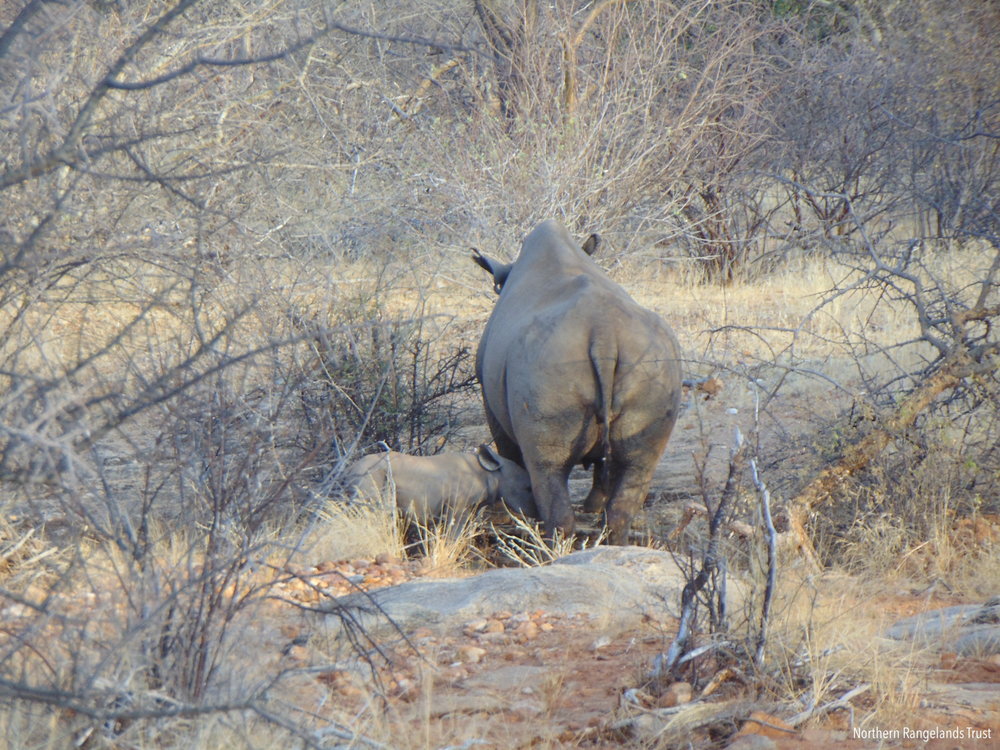SERA WILDLIFE CONSERVANCY
Sera Wildlife Conservancy – Once a poaching hotspot, the conservancy is home to a range of wildlife, including elephant, reticulated giraffe, Beisa oryx, lion, Grevy’s zebra, eland, lesser and greater kudu, leopard, cheetah, and much birdlife. Its now home to the few remaining Black Rhinos.
Set up in 2001, partly as a means to provide common ground for reparation between historically rival ethnic groups the Samburu, Rendile and Turkana, it’s located in Northern Kenya, in the middle of Losesia and Sereolipi rangelands in the Sera Community Conservancy, and covers an area of approximately 340,000 hectares, of which 51,740 hectares are given over to the conservation area.
In the year 2015, 10,700 hectares of the conservation area was set aside for the creation of the Sera Rhino Sanctuary. Initially the home of 10 critically-endangered black rhino, it has proved an enormous success, and the decision to introduce the Sera Conservancy Rhino Tracking Experience has provided the community with a new and highly sustainable revenue stream.
What we love most about the Sera Wildlife Conservancy.
Sera Wildlife Conservancy is a fantastic example of how wildlife conservation acts as a support for wider sustainable development. Mixed land use strategies at the conservancy have designed to be climate resilient, Job and training opportunities have been reserved for the local community members, and most importantly, old-time conflicts over grazing rights and water source have been amicably resolved.
IN THE NEWS
On the 16th of August 2018, black rhino Naitamany gave birth to her second calf in the Sera Rhino Sanctuary, Sera Community Conservancy. The calf, a female, has been named ‘Ntibikwa’ by Sera rangers. Her name roughly translates as ‘long-awaited’ in Samburu and was inspired by the long period of time that Naitamany kept her calf hidden. Rangers had to wait four days before catching a glimpse of the newborn – eager to see that she was in good health but also conscious that mother and calf needed adequate time to bond and adjust undisturbed.
The birth of ‘Ntibikwa’ brings the total Black Rhino calf Population on the Sera Wildlife Conservancy to four (04), added to the number of 1o Adult rhinos, we can now say there are 14 Black Rhinos on the Sera Wildlife Conservancy.


